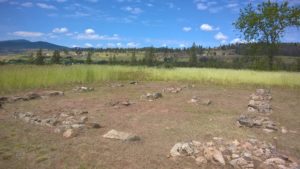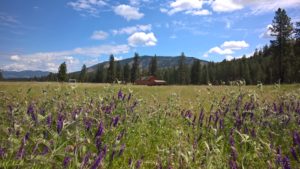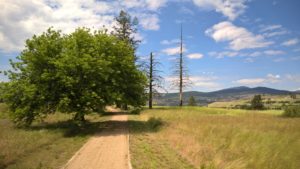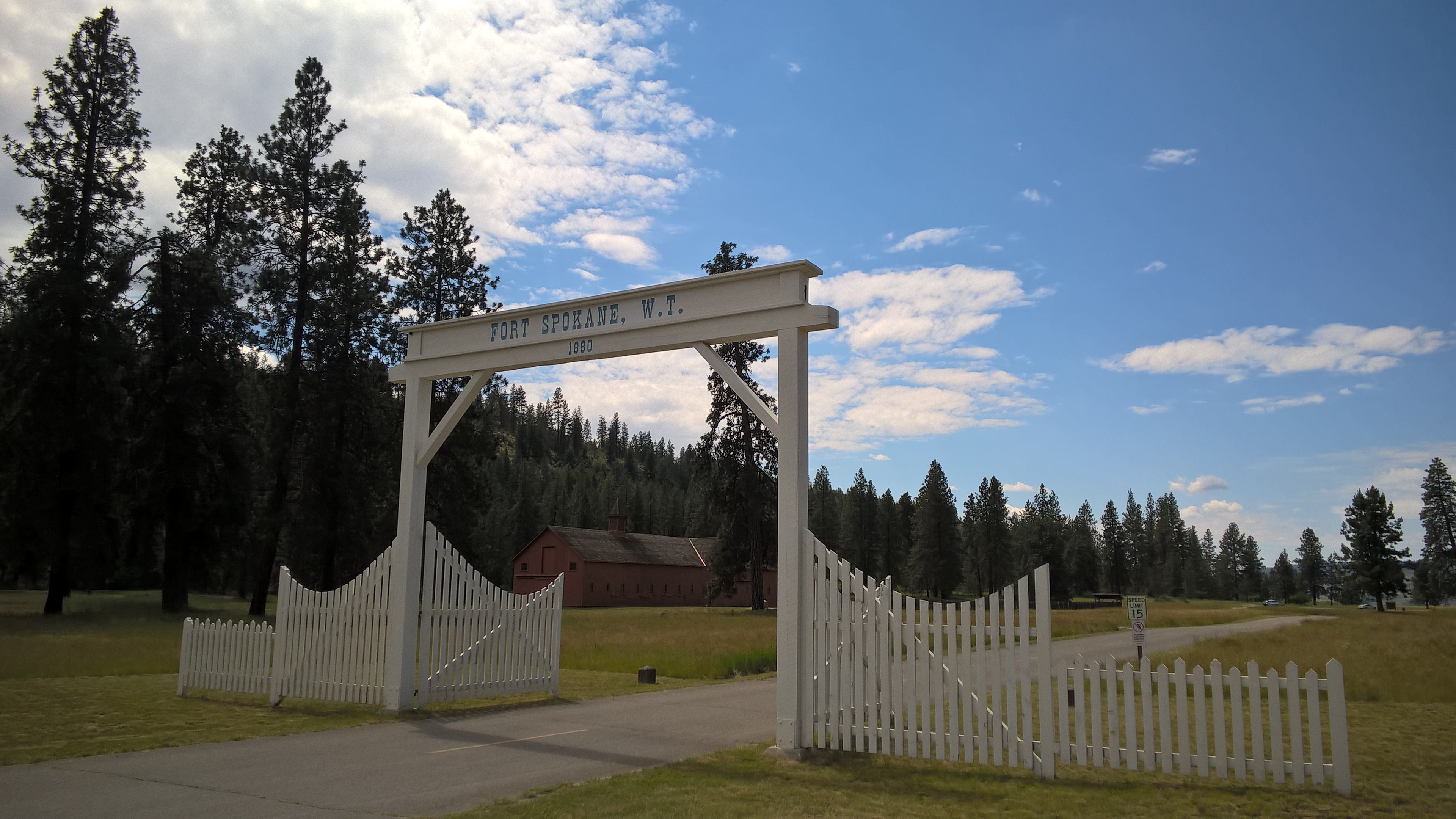Beauty and futility at Fort Spokane
With a name like “Fort Spokane” you would expect this 136-year-old former U.S Army installation to be somewhere in the vicinity of its namesake. Then again, a lot of things about Washington aren’t always as they seem.
Located in the Lake Roosevelt National Recreation Area just north of Davenport, WA, Fort Spokane is one of those cool features of state heritage that is often overlooked. Since it’s some distance from any of the main freeways and there isn’t a hotel for miles, chances are you’d probably drive right past it traveling Highway 25. But it’s history and structural integrity make it a must-see for any heritage tourist in eastern Washington.
The first thing that makes sense about Fort Spokane is its location. For thousands of years, Native Americans of varying tribes had gathered to trade, commune and fish the rapids of the Spokane and Columbia Rivers. However, when Grand Coulee Dam was built between 1933 and 1942, what became Lake Roosevelt eventually backed itself over the rapids, obscuring them forever.
 High on a bluff overlooking the confluence of the two rivers was also an ideal location to observe both the Colville and Spokane Indian Reservations. For the U.S. Army charged with protecting its territories in 1880, that would have been a primary concern. In fact, the entrance to the property still carries the initials “W.T” for Washington Territory.
High on a bluff overlooking the confluence of the two rivers was also an ideal location to observe both the Colville and Spokane Indian Reservations. For the U.S. Army charged with protecting its territories in 1880, that would have been a primary concern. In fact, the entrance to the property still carries the initials “W.T” for Washington Territory.
Since the treaties that confined the area’s Native population to reservations were only 25 years old – as was the bad blood between a number of tribes and the Army – the expectation of violence was always present. But one of the most interesting facts about Fort Spokane is that there was never a shot fired in anger from either the soldiers stationed at the fort or the Indians. And since there didn’t seem to be any expectation of conflict, the Army finally left the post just 18 years after its creation.
 The government did, however, consider the 50 or so buildings it had constructed on the site to be an asset, which is why the facility was used as an Indian boarding school and later a tuberculosis hospital until 1929. Only a few of the original structures remain, including the Quartermaster’s Stables and the Guardhouse, which has been turned into the visitor center and museum (open in the summer; call 509-754-7893 to confirm).
The government did, however, consider the 50 or so buildings it had constructed on the site to be an asset, which is why the facility was used as an Indian boarding school and later a tuberculosis hospital until 1929. Only a few of the original structures remain, including the Quartermaster’s Stables and the Guardhouse, which has been turned into the visitor center and museum (open in the summer; call 509-754-7893 to confirm).
 One of the most interesting things about the Fort Spokane historic site is the way the caretakers have cut the grass only near the walking paths and where the footprints of the former buildings once stood. It’s an easy way to use nature to create the presence of the past, and it adds an almost ghostly effect to the experience. Kudos to the National Park service for going the extra mile with this detail.
One of the most interesting things about the Fort Spokane historic site is the way the caretakers have cut the grass only near the walking paths and where the footprints of the former buildings once stood. It’s an easy way to use nature to create the presence of the past, and it adds an almost ghostly effect to the experience. Kudos to the National Park service for going the extra mile with this detail.
If you’re visiting when no other travelers are present, you can stand amidst the waist-high grass and close your eyes, imagining what fort life might have been like in the late 1800s. If the wind is blowing through the grass just right, you may also hear what sounds like soldiers marching around the grounds – always drilling in preparation for a fight that never came.
Then again, perhaps it is instead the long gone sound of the two rivers rushing together, bringing a bountiful harvest of fish to generations of Native peoples. Either way, Fort Spokane is one of Washington’s underrated places when it comes to experiencing history, heritage and culture.


Pingback: Fort Cascades in Skamania County – Washington Our Home